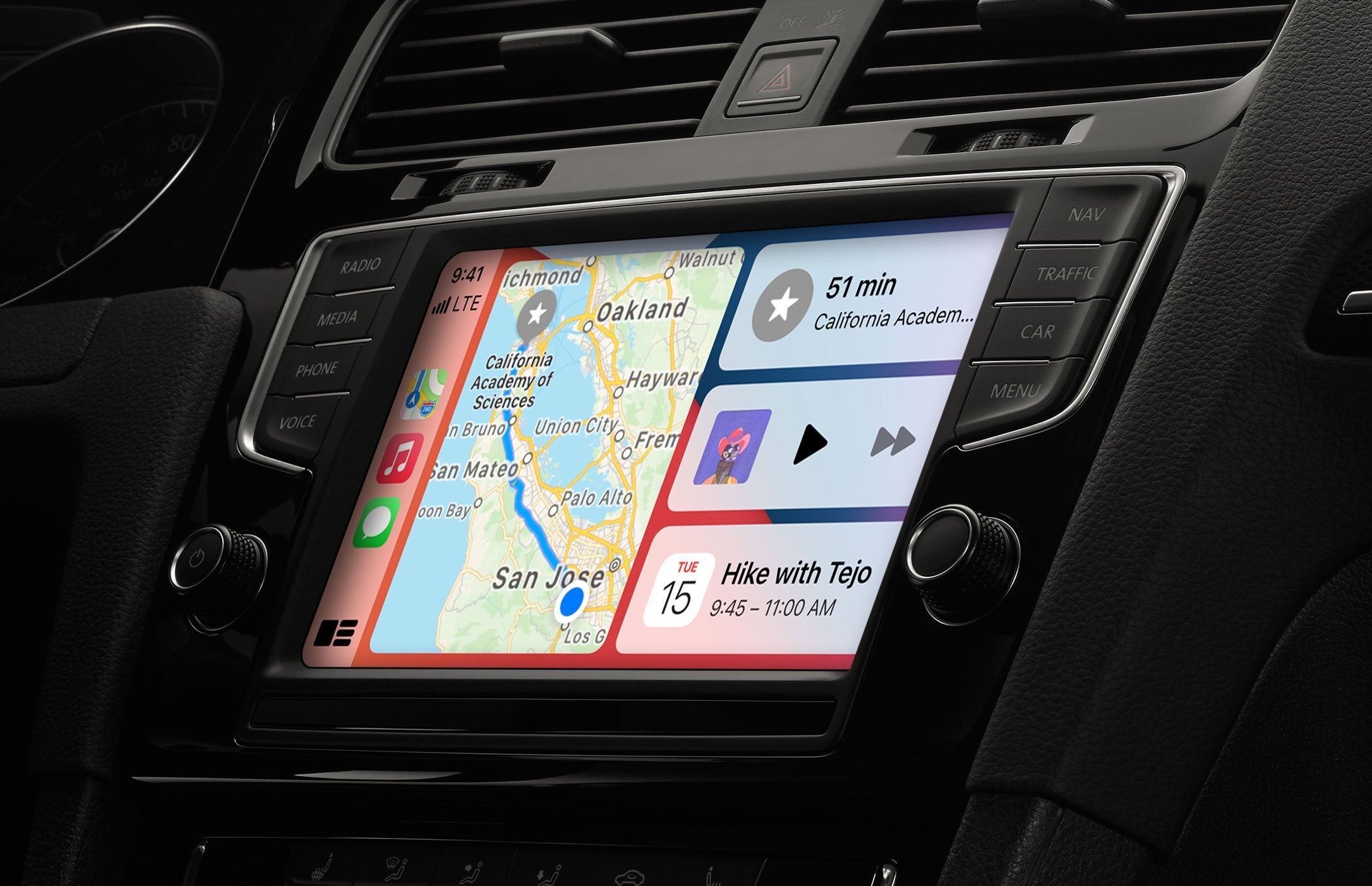HCI – Smartphones and Driving Safety Study
My study would be about comparing how drivers pay attention to the road while using Apple CarPlay vs while using a phone mount in their car. I would use eye tracking to gauge where the driver is looking and the percent of time the driver spends while looking at the screen while in the car.
- My hypothesis would be that drivers pay more attention to the road when using a phone mount and less attention when using Apple CarPlay. I would think this because the Apple CarPlay is a screen that is larger, can have more going on at once, and requires the driver to move their head farther down to see directions.
- This experiment would involve installing eye trackers in participants’ cars for a long period of time. Participants would either use Apple CarPlay or a phone mount when driving. The data that would be collected would be the amount of time that the driver spent focusing on the road and the amount of time the driver spent looking at their respective screen. All other places they look would fall into an “other” category. We would then measure the percent of time participants spent looking at the road and at the screen for respective groups and discuss the findings.
- My main independent variables would be whether the driver is using Apple CarPlay or a phone mount. My main dependent variable would be the amount of time looking at the road.
- This experiment would be quasi-experimental because the assignment would not be completely random as I would have to use participants who already have CarPlay or a car mount and I would not specifically be able to make causal claims, just correlation claims.

Vs.


Nice ideas. So, per hypothesis, a Tesla dashboard, which is essentially a really large Carplay-type screen, would be the most distracting, right? Also, one of the problems with eye tracking is that if the participant’s eyes pass over an object, you can’t really conclude that they saw it. You can conclude that they didn’t see things that their eyes didn’t pass over, but not the reverse. To address this, you typically have to triangulate with other data, like they looked at XYZ, and they said, “Wow, look at that XYZ!”